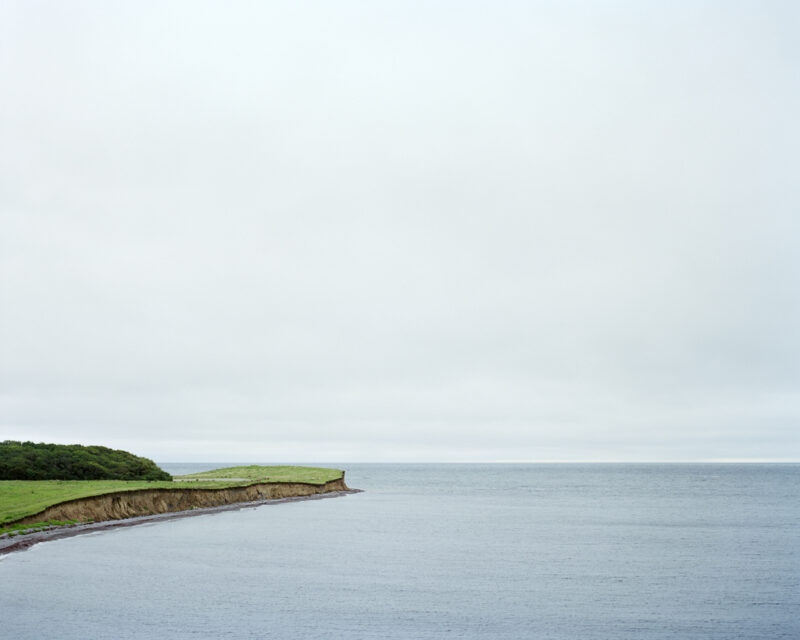Beyond Cold War is based on an examination of the lines of confrontation during the Cold War in Europe – border areas where NATO and the Warsaw Pact were directly opposed to each other until 1989.
Schlotter’s main focus is on the landscape of the border regions, which has experienced a certain mystification due to the political and strategic relevance of the corresponding areas during the Cold War. Both sides posed the question of the ‘world’ behind the border.” At the same time, these same areas were places of prohibition, smuggling and agent exchange, escape and killing. On a journey from Norway to Turkey, Robert Schlotter looks at the places and landscapes as scenes of European history that seems more present than ever. One inevitably goes in search of its traces.
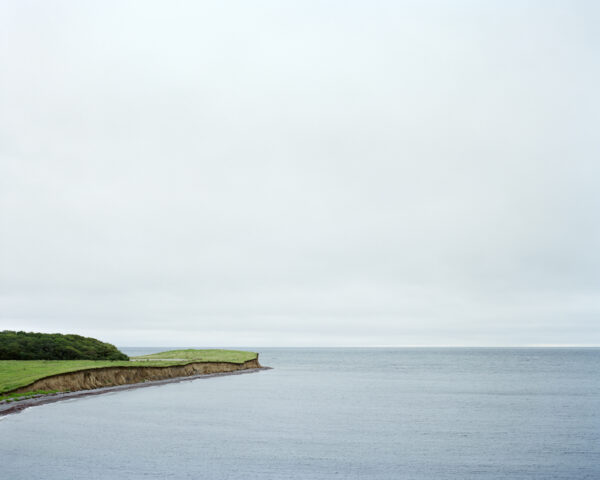
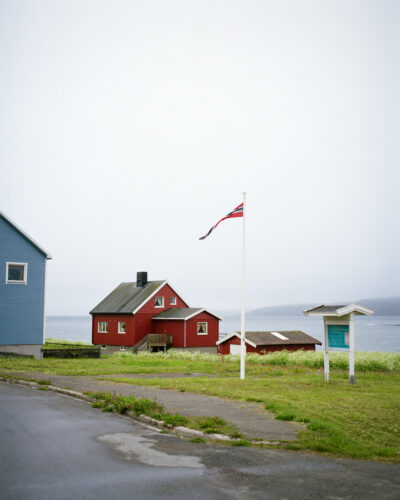
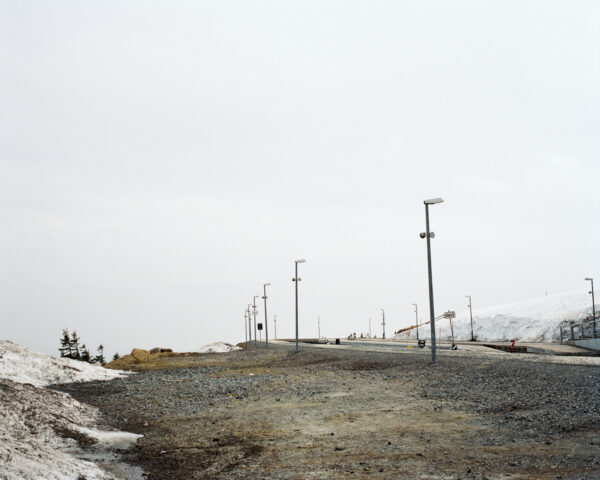
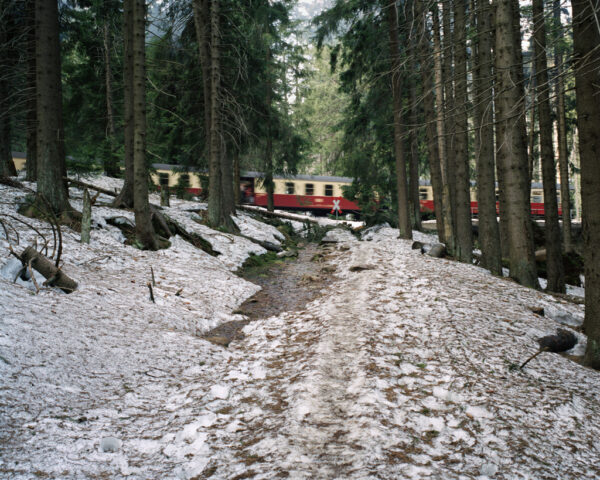
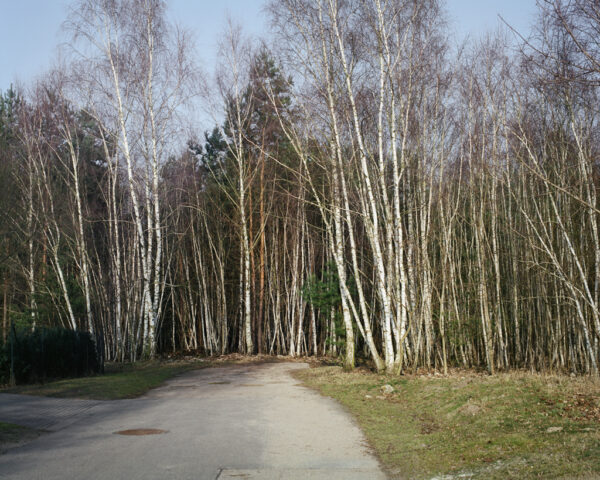
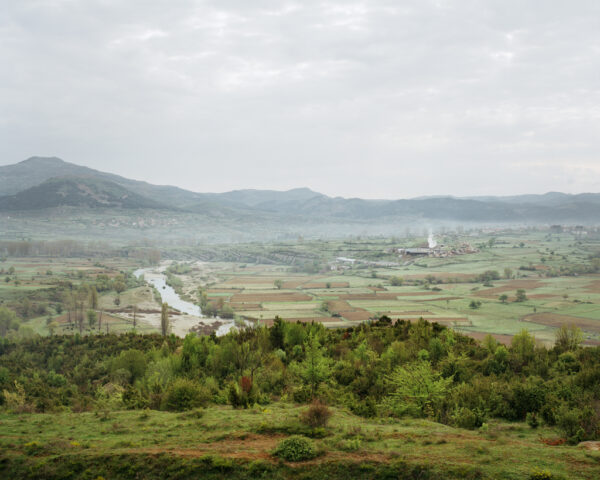
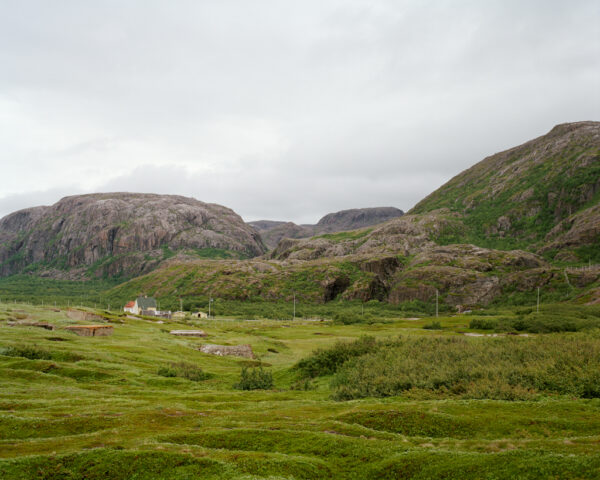
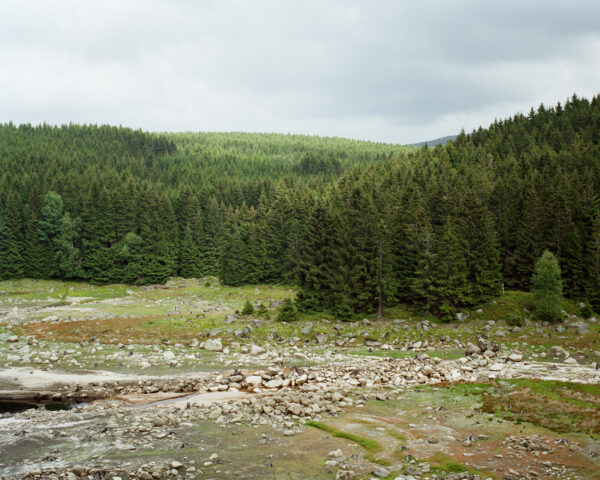
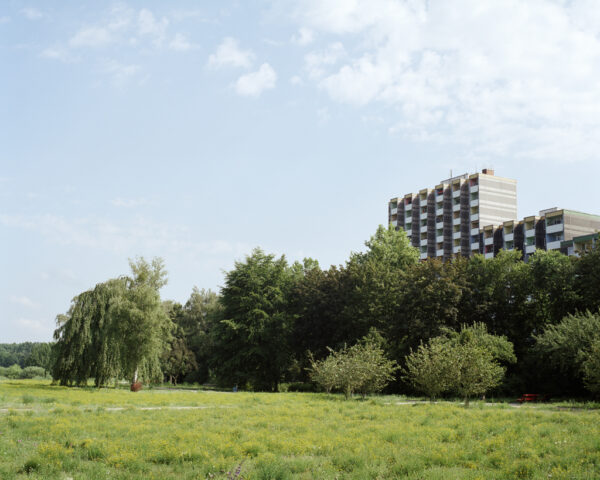
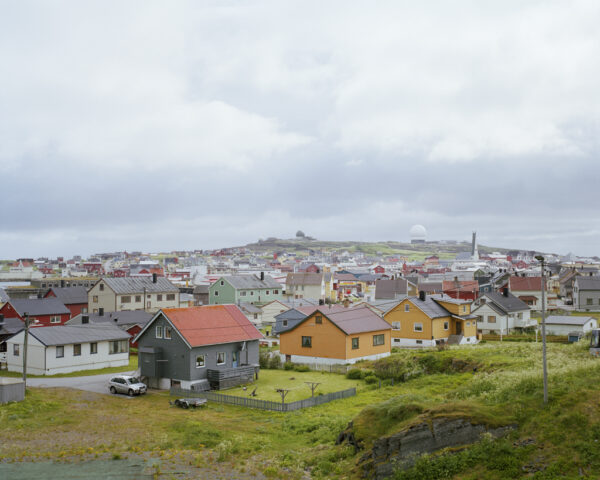
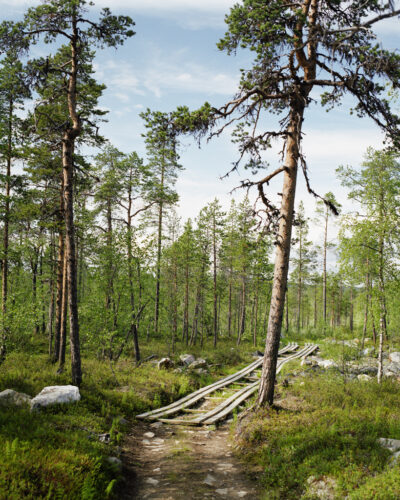
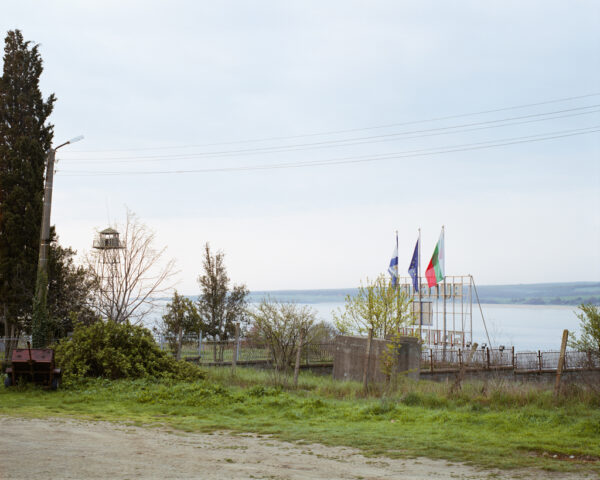
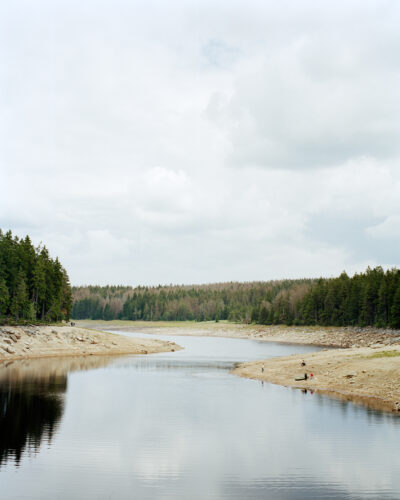
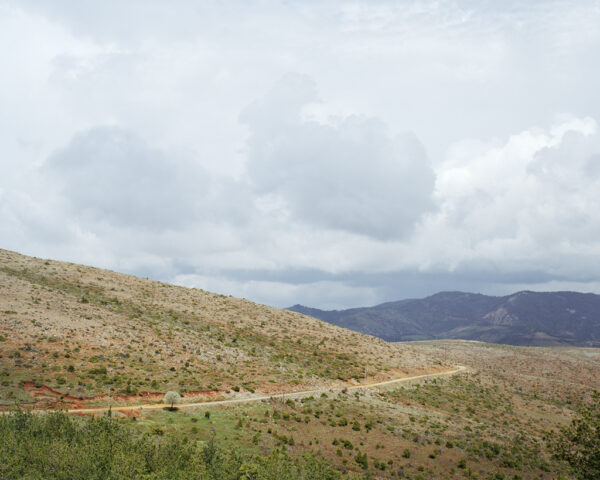
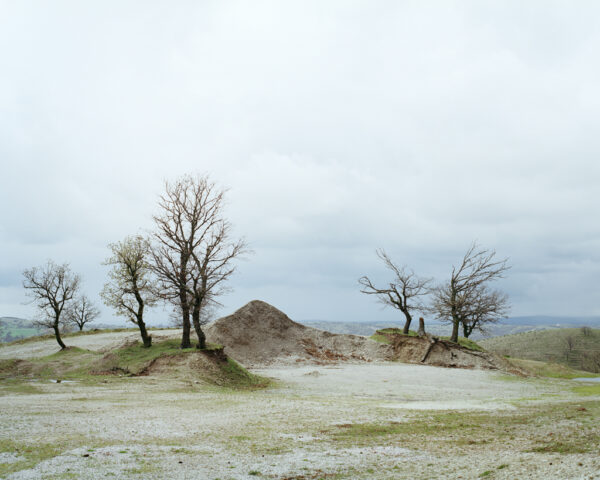
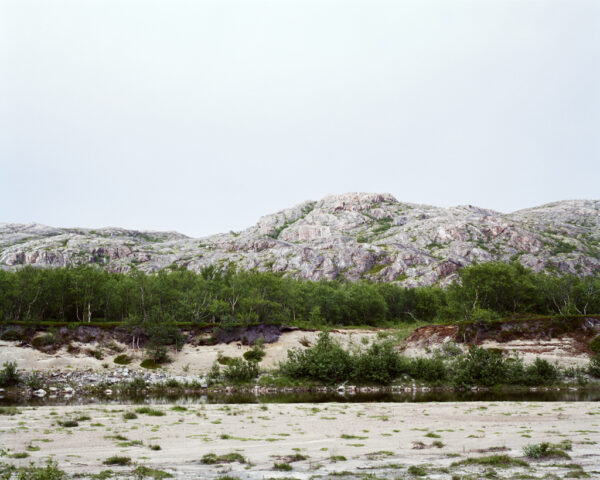
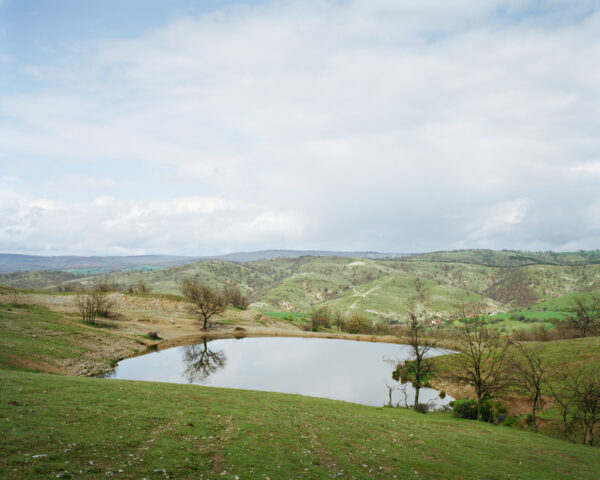
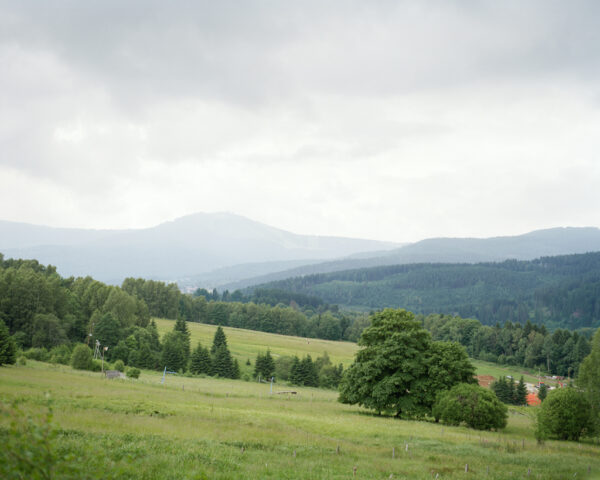
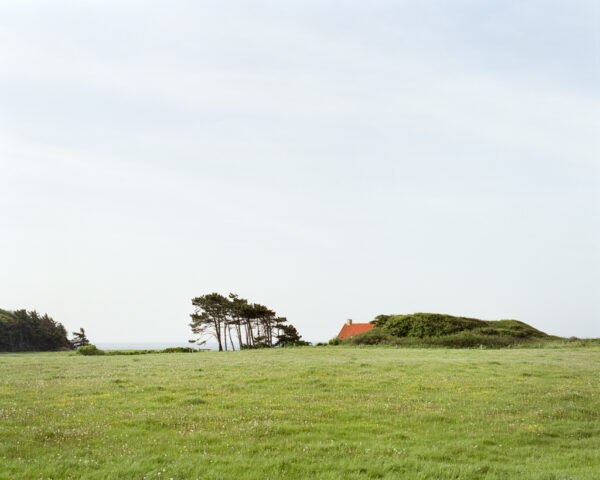
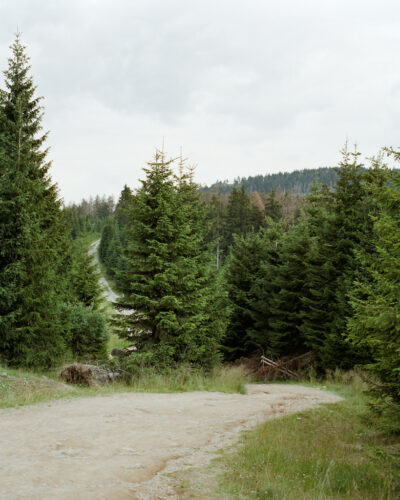
Series of 59 motifs in total.
archival pigment prints on Canson Baryta Photographique,
39 x 47 cm, edition of 5 + 2 ap, signed and numbered, 2014
The book edition of Beyond Cold War was published in 2015 and contains 59 images as well as texts by Fabian Knierim and Andreas Montag.
-
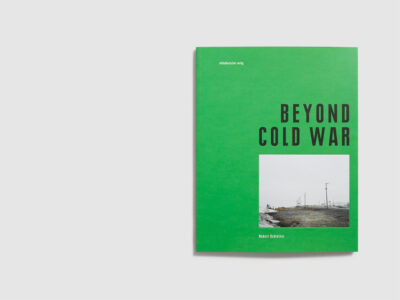
Beyond Cold War
24,95 €
Includes 7% red. VATplus shippingAdditional costs (e.g. for customs or taxes) may occur when shipping to non-EU countries.Add to cart
Excerpt from the essay «On borders» by Fabian Knierim
“[…] We also find ourselves dealing with sites of memory in the photographs of Robert Schlotter. The project’s premise identifies the landscapes in terms of sites where history has taken place and we instinctively set out in search of its remnants. The compositions of the images encourage us to do so. A path or a street often leads into the distance of the pictorial space and invites viewers to follow its course, to look for clues along the way and to make sense out of them. And we certainly do not end up emptyhanded. Thus, a dome-shaped building — perhaps a surveillance station — rises up above the wooden houses of a Scandinavian town. At the edge of a forest path, we seem to recognise the remnants of anti-tank barriers; half-buried pieces of concrete make us think of the ruins of bunkers. However, the clues are rarely so unambiguous that we can be certain of their significance. Do the tyre tracks leading into the forest mark the path of a border patrol? What is to be made of the structure on top of the garage with the yellow door? Is the barbed wire fence in a clearing the remains of a secured border or just a fence surrounding a piece of land? It looks too formidable for the latter, but seems almost ridiculously inadequate for the former. Is this supposed to be the Iron Curtain? At the places where the representatives of two systems spent decades suspiciously eyeing one another, our gaze becomes paranoid itself. […]”
published in: Beyond Cold War, Halle (Saale) 2014, ISBN 978-3-95462-411-9
Jürgen Kühner on «Beyond Cold War»
“[…] He provides the framework, which is to be filled in by the reader, this may be done by own research, by the power of imagination or by prejudice or simple fantasy. Likewise, the process of transformation, away from a border of any kind to an open space, is of course left to the reader. Schlotter’s photographs only take effect at second glance. It is only through the context that they change from generic landscape photographs to a socio-political analysis with the conclusion that borders can run anywhere and at any time, that no structures are needed to separate countries and people.”
https://www.framesandfascination.com/blog/photobook-review-robert-schlotter-beyond-cold-war
